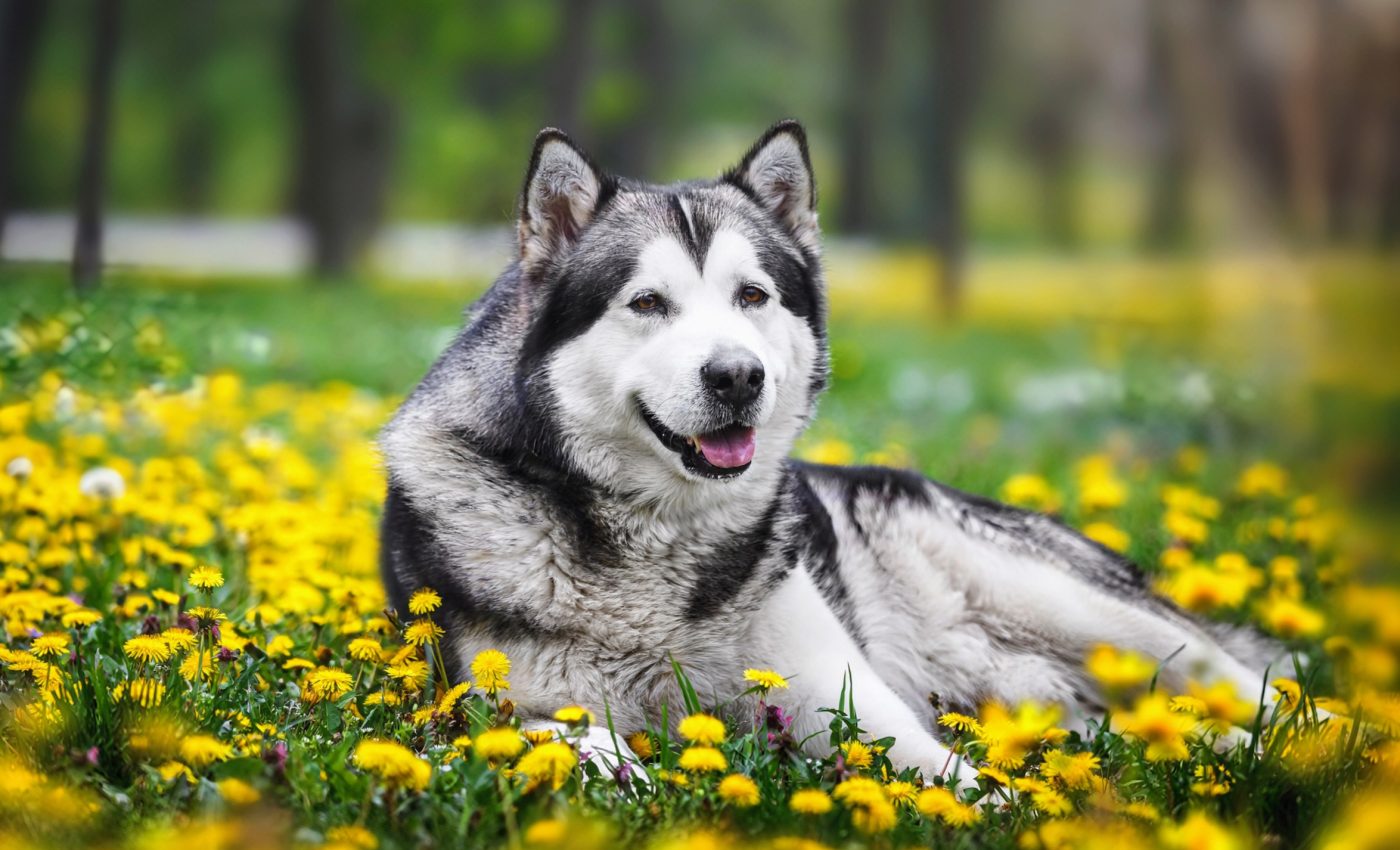
Why did indigenous dog lineages of North America disappear?
Dogs have been man’s best friend for as long as most can remember, but would you believe the furry friends we adore were once embroiled in a cultural showdown centuries ago? It’s a story of indigenous dog lineages that begins in the historical Jamestown colony, nestled by the Chesapeake Bay, once known by its Algonquian name, Tsenacomoco.
The study was led by Ariane Thomas, a recent anthropology PhD graduate from the University of Iowa, and researchers from the University of Illinois Urbana-Champaign and the University of Iowa.
The team’s pursuit was simple: unravel the mysterious disappearance of indigenous North American dog lineages, believed to have been replaced by European ones from 1492 onwards. Looking for answers, they turned to the expansive collection of canid remains at Jamestown.
Indigenous dog lineages
What stands out here is the shared bond between Europeans and Native Americans regarding their love for dogs. This companionship was not just a matter of having a pet; it was deeply intertwined with their cultural identities.
For both groups, dogs represented loyalty, companionship, and even status within their communities. However, this mutual affection also led to conflict, as each side sought to express their unique cultural values through their relationships with these animals.
The differing perspectives on dog ownership and their roles in society created friction, prompting questions about identity, belonging, and the impact of cultural exchange.
What happened next is a fascinating exploration of how these relationships evolved amidst changing dynamics and influence.
Unleashing questions and clues
“Previous studies had suggested that there were a lot of indigenous dogs in the continental United States and that they were eradicated,” said Thomas. “We wanted to understand what that entailed: when it happened, were they culled, was it the competition with European dogs, or was it disease?”
The research team got to work, selecting 22 canid remains from the Jamestown colony for a deep-dive into their DNA. The findings were jaw-dropping.
Most of the Jamestown dogs, estimated on body size, weighed between 22-39 lbs, equivalent to our familiar beagles or schnauzers. More tellingly, traces of human-inflicted damage including burning and cut marks were found on many of the bones.
“The cut marks and other butchery marks we found on them show that some of these dogs were eaten. The colonists didn’t have enough food and they had to rely on the indigenous dogs in the area,” Thomas explained.
Endurance of indigenous dog breeds
But the story doesn’t end there. Recent studies revealed fascinating insights into the DNA sequences of various dog breeds, showcasing that at least six dogs exhibited evidence of indigenous North American ancestry.
This discovery implies that indigenous dogs were able to endure and adapt, at least for a time, even after the arrival of Europeans in North America. These dogs likely played significant roles in the lives of Indigenous peoples, serving as companions, hunters, and protectors.
Their resilience highlights the deep connections between these dogs and the cultures they served, reminding us of the rich history and interwoven narratives of humans and dogs throughout time.
Understanding this heritage is crucial to appreciating the diverse roles that dogs have played in human societies.
Surprising revelations
While the colonists and Indigenous tribes likely engaged in the trade of dogs, researchers are also considering the intriguing possibility of interbreeding between these groups without an emphasis on maintaining pure lineages.
This concept introduces a fascinating new avenue for study, shedding light on the complexities of human-animal relationships during that period. Such interbreeding could have led to the diverse traits seen in dog breeds today.
The research team plans to broaden their scope by expanding to additional sites for further analysis, hoping to uncover more about the historical interactions between colonists, Indigenous tribes, and the canine companions they shared.
This exploration could significantly enhance our understanding of the evolution of domestic dogs and their roles in various cultures.
This pioneering research marks an important step in understanding the complex social history of dogs during the early colonial period. It could spark similar studies dealing with human-animal dynamics in other historical periods.
The study is published in the journal American Antiquity.
—–
Like what you read? Subscribe to our newsletter for engaging articles, exclusive content, and the latest updates.
Check us out on EarthSnap, a free app brought to you by Eric Ralls and Earth.com.
—–













